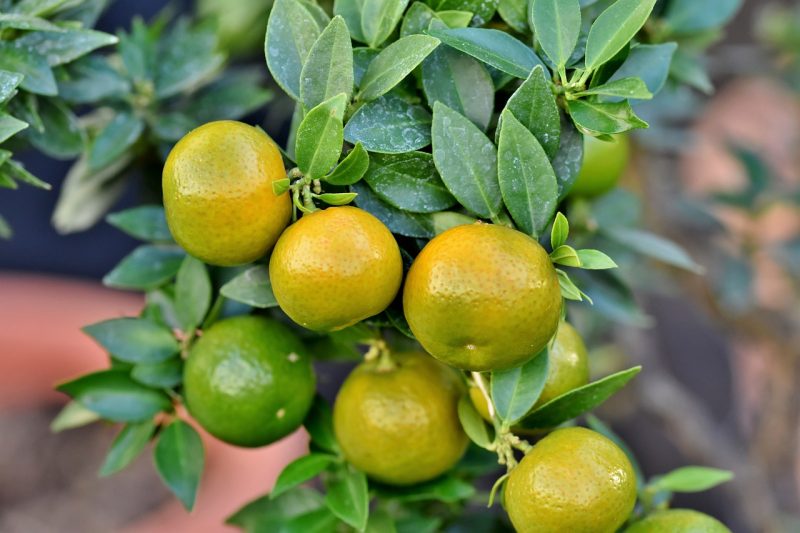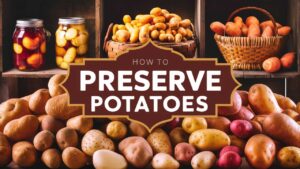The state of Texas is blessed with a diverse range of climates and growing conditions, making it one of the best places in the United States for gardening enthusiasts. December marks a critical time for gardeners in Texas, offering an opportunity to sow seeds and plant a variety of vegetables, herbs, flowers, and fruits that thrive in cooler temperatures.
In this comprehensive guide, we’ll explore what you can plant in December in Texas, considering the regional climates, the best planting times for various crops, and some tips on how to care for your plants during the winter months.
Understanding the Regional Climates
Texas encompasses several climatic zones ranging from arid deserts in the west to humid subtropical areas in the east. The diversity in climate affects what can be successfully grown throughout the year.
Northern Texas: This region experiences cooler temperatures and typically receives frost from late fall through winter. Gardeners should choose cold-resistant crops that can thrive despite the colder weather.
Central Texas: This area enjoys a more moderate winter but can still experience frost. Bounty awaits in December for those willing to embrace winter gardening.
Southern Texas: This region retains a milder climate, allowing for a longer growing season. In December, gardeners can expect to cultivate various vegetables and herbs that might not survive in colder areas.
Understanding these regional differences is crucial for successful December planting. With this in mind, let’s delve into the specific crops you can consider planting this month.
Vegetables to Plant in December
1. Arugula (December-February)

Arugula is a delicious and versatile green that thrives in the cooler months. Its peppery flavor enhances salads, sandwiches, and various dishes. Plant arugula seeds in well-drained, rich soil, and keep them consistently moist. Expect a quick harvest after about 40 days.
2. Broccoli (November-December)
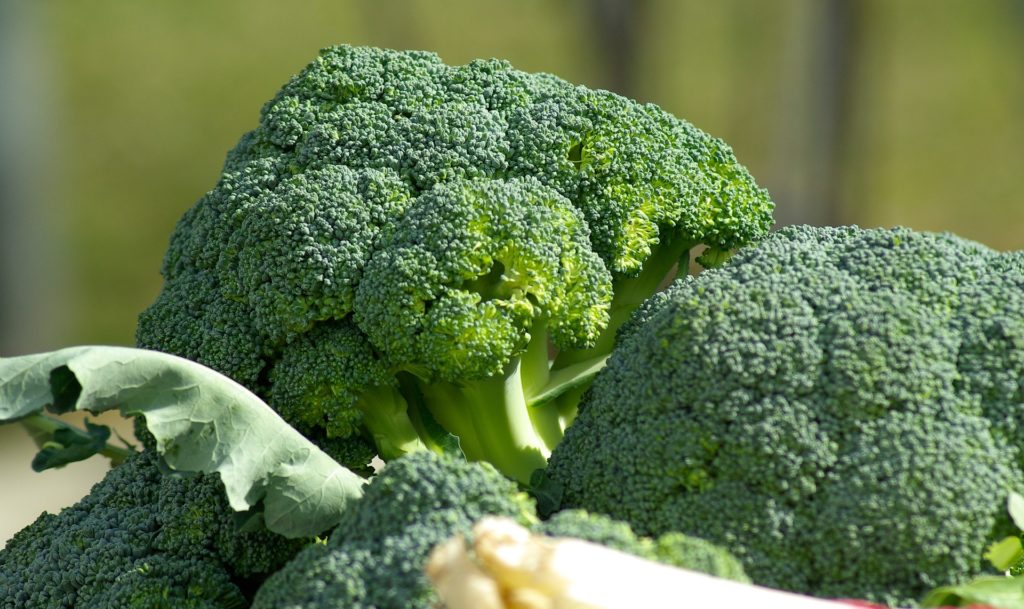
Broccoli is an excellent choice for December planting. Its cool-weather growing requirements align perfectly with Texas winters. Start seeds indoors or sow them directly into the garden. Keep the soil evenly moist, and expect to harvest your first florets by late winter.
3. Cabbage (October-December)
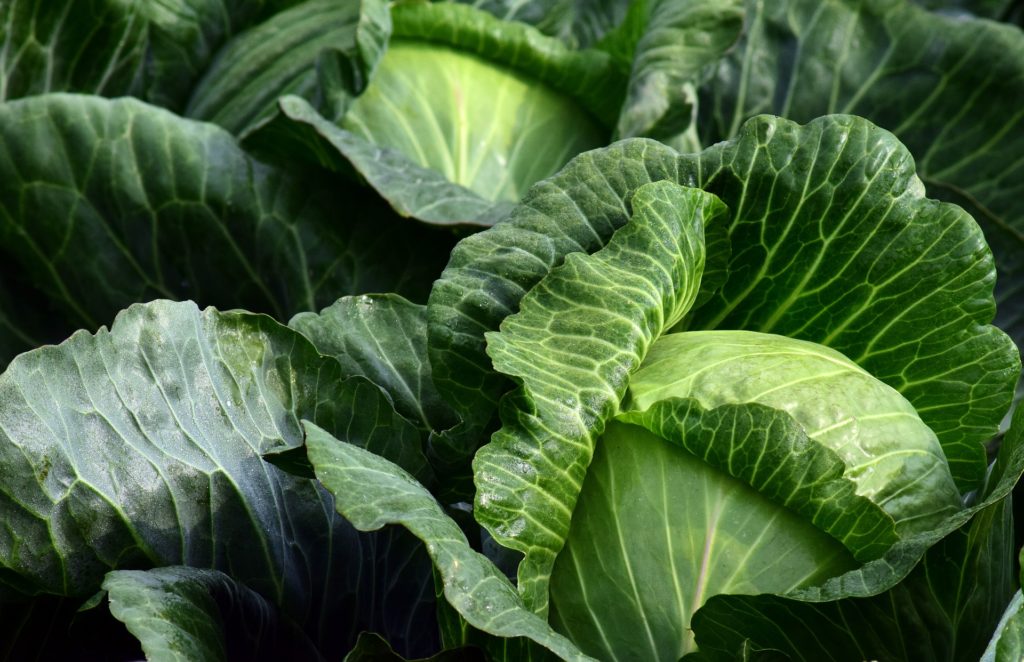
Cabbage is a hardy vegetable that can survive in lower temperatures. Grown from seed or transplants, it prefers well-drained soil and full sun. Cabbage can take anywhere from 70 to 100 days to mature, so plant early in the month to ensure a timely harvest.
4. Carrots (November-December)
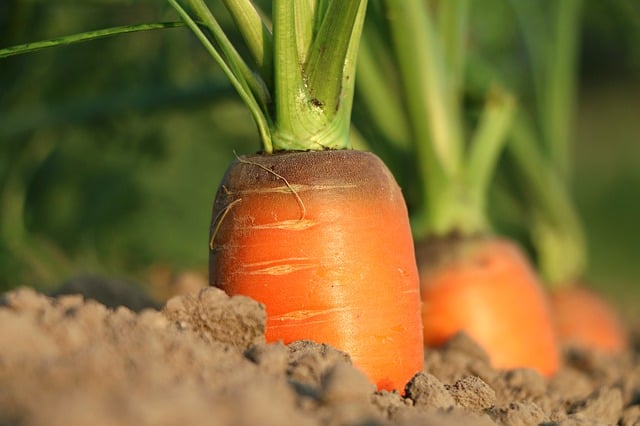
Carrots are hardy root vegetables that thrive in cold weather, developing a sweet flavor as they mature. Sow carrot seeds directly into the garden bed with loose, well-drained soil. Keep soil consistently moist, and expect to harvest after about 70-80 days.
5. Cauliflower (November-December)
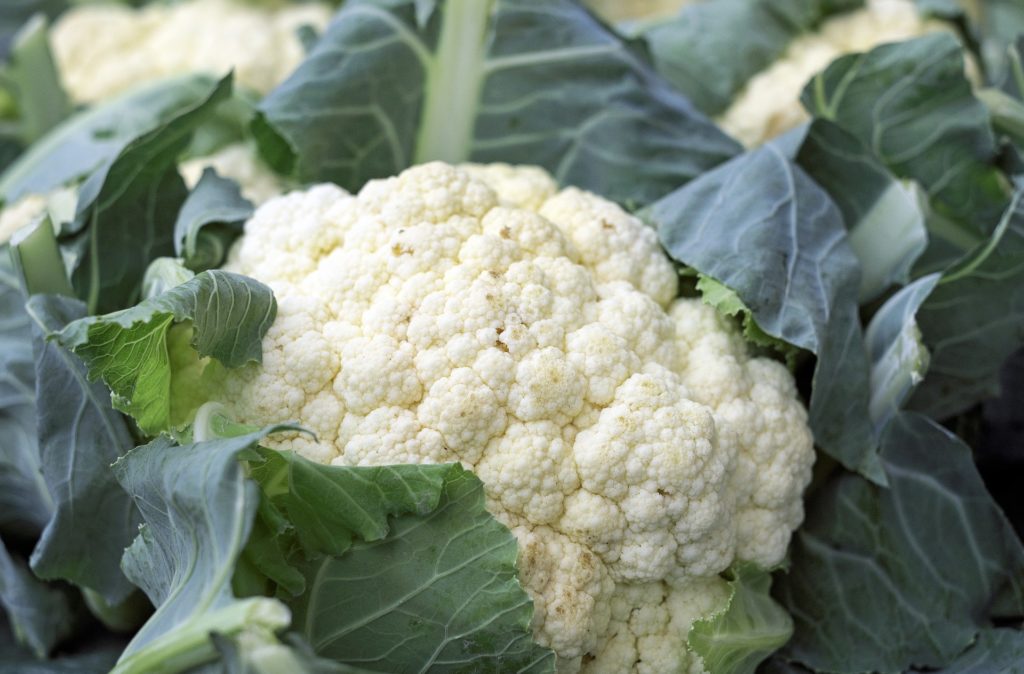
Much like broccoli, cauliflower prefers cooler temperatures. It is typically planted in early December as it requires around 70-85 days to mature. Ensure your garden has plenty of organic matter to support healthy growth, and keep the plants well-watered.
6. Collard Greens (October-December)
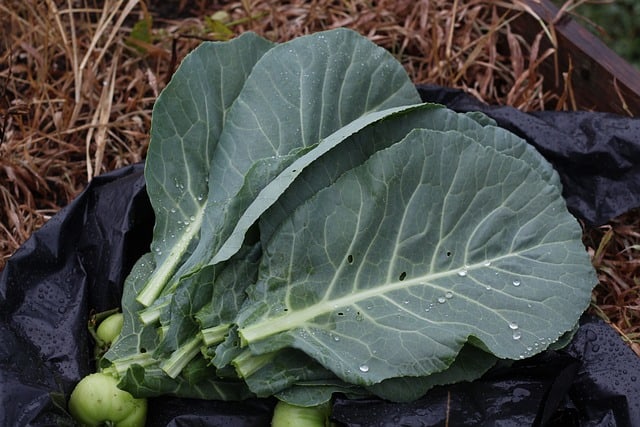
Collard greens are a staple in Southern cooking and thrive in cooler temperatures. They can be directly seeded or transplanted and are relatively low-maintenance. Expect them to grow well into the winter months, providing a continuous harvest.
7. Kale (October-December)

Kale’s popularity is partly due to its nutritional value and hardiness in cold weather. It is easy to grow and can be harvested throughout the winter. Kale can be enjoyed fresh in salads, cooked, or even dried into chips.
8. Lettuce (October-December)
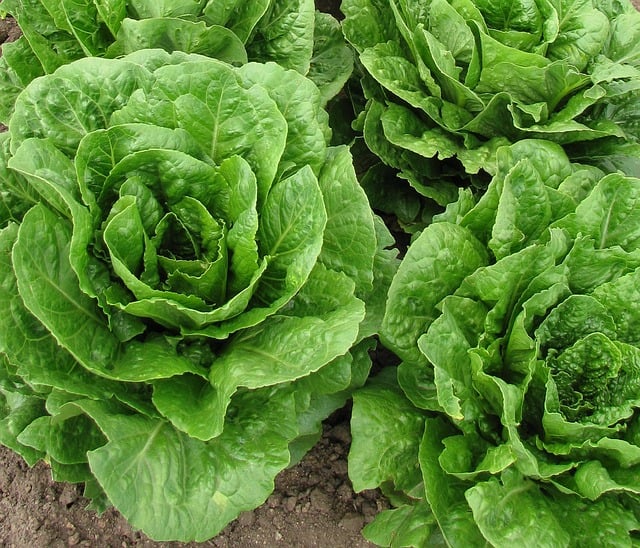
Lettuce varieties can be sown during December for fresh greens in your salads. Choose heat-resistant varieties that can tolerate a bit of frost. Keep the soil moist and watch for pests, as lettuce can be susceptible to aphids and snails.
9. Mustard Greens (October-December)
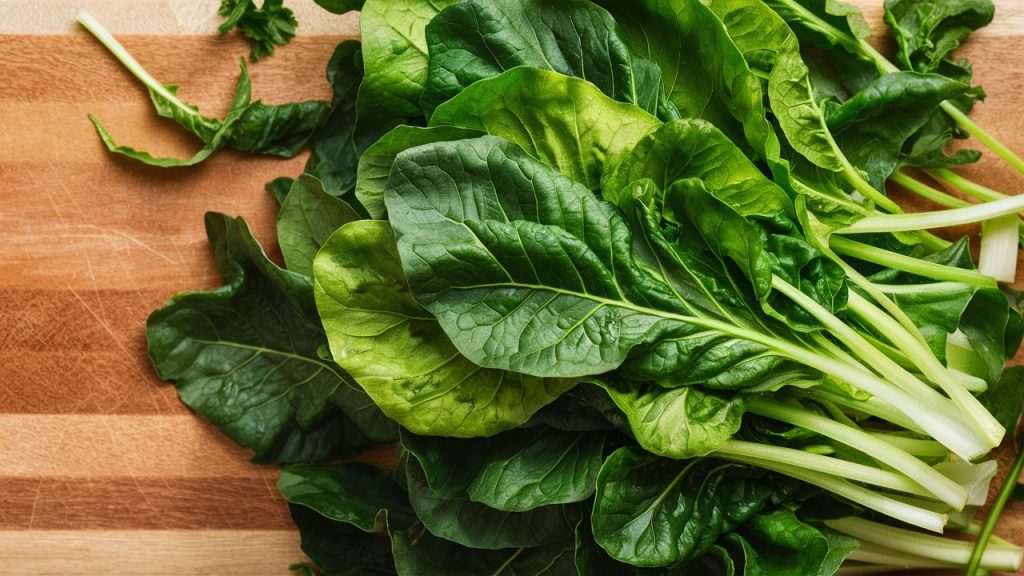
Mustard greens are another nutritious leafy vegetable that thrives in cooler weather. They have a spicy flavor that adds a unique twist to salads and cooked dishes. Plant them in well-draining soil, and they will grow quickly.
10. Onions (October-December)

Onions can be planted in December as sets or transplants. They require well-drained soil with plenty of sunlight. Onions can be harvested in spring, making them a great addition to winter planting.
11. Peas (October-December)
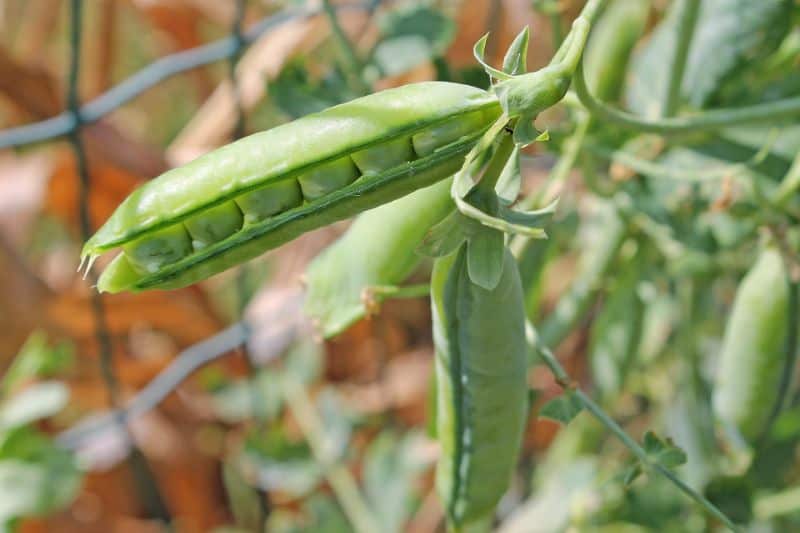
Planting peas in December can give you an early spring harvest. They thrive in cooler temperatures, and their sweet flavor makes them a favorite among gardeners. Choose garden peas or snap peas, and ensure they have support as they grow.
12. Radishes (October-December)
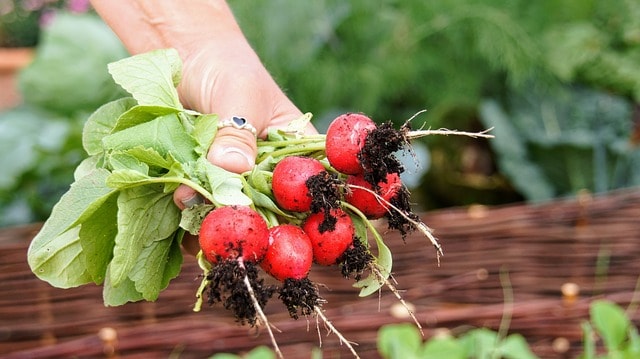
Radishes are one of the fastest-growing crops you can plant in December. They germinate quickly and can be ready for harvesting in as little as three to four weeks. Radiating in various colors and flavors, radishes can add a delightful crunch to salads, stir-fries, or be enjoyed pickled. Sow the seeds directly into well-drained soil, and keep the area weed-free for the best results.
13. Spinach (October-December)
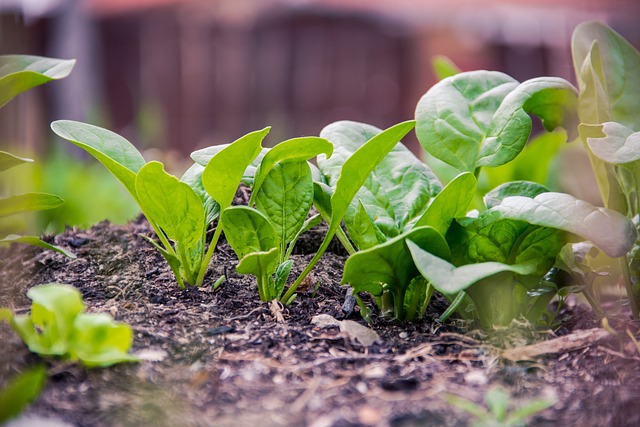
Spinach is another superb choice for December planting. This nutrient-rich leafy green grows well in cooler temperatures and can be harvested multiple times if you opt for cut-and-come-again methods. Spinach seeds should be sown directly into the garden. Provide consistent moisture to encourage fast germination and healthy growth.
14. Swiss Chard (October-December)
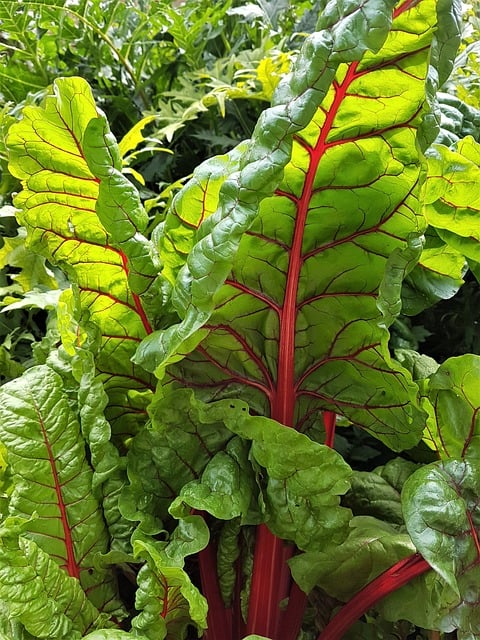
Swiss chard is similar to kale and spinach but has a unique taste and striking appearance, with vibrant stalks in rainbow colors. Plant chard seeds directly in the ground, and it will produce all winter long. Regular harvesting encourages new growth and a continuous supply of greens.
Herbs to Plant in December
Herbs are a fantastic addition to any garden, enhancing the kitchen with fresh flavors. In December, you can plant several hardy herb varieties that will thrive throughout the winter months.
1. Chives
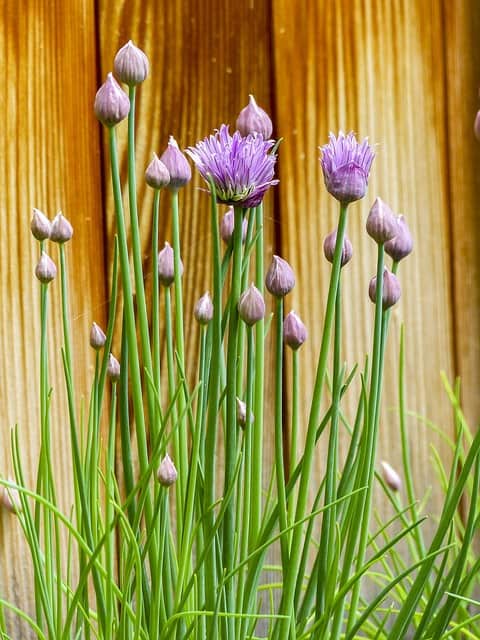
Chives are perennials that can be planted in December. They are excellent for freshening up virtually any dish with their mild onion flavor. Chives thrive in well-drained soil and require full sunlight. They are hardy and will return each spring.
2. Dill
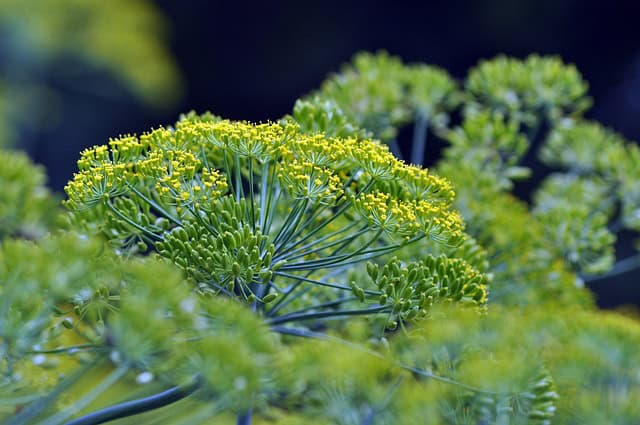
Dill can be sown directly into the ground in December. This annual herb has a robust flavor that brightens up pickles and salads. It prefers full sun and well-drained soil. Regular watering is essential for germination.
3. Mint

Mint is a hardy perennial that can be divided and transplanted in December. The ideal time to plant mint is when soil temperatures are cooler but not frozen, as it tends to thrive when marked by frost. Mint loves moisture but be careful not to overwater.
4. Oregano
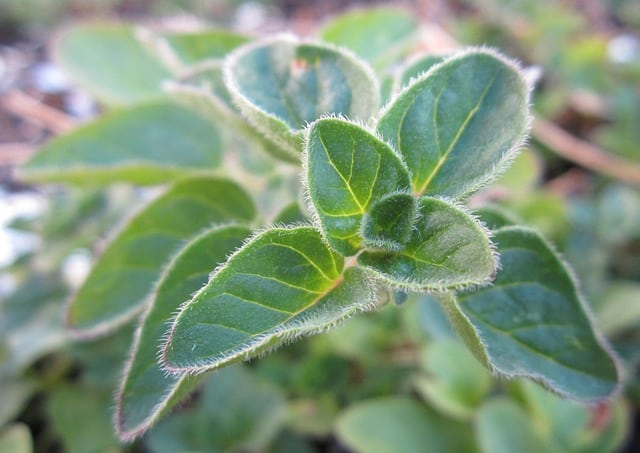
Oregano can also be planted this month. This Mediterranean herb prefers well-drained soil and full sunlight. It is drought-tolerant once established, making it a great addition to your herb garden.
5. Parsley

Parsley is a biennial that can be sown in December. It prefers cooler temperatures and can withstand frost. Keep its soil moist but not soggy, and you’ll have fresh parsley ready to harvest in the spring.
6. Rosemary
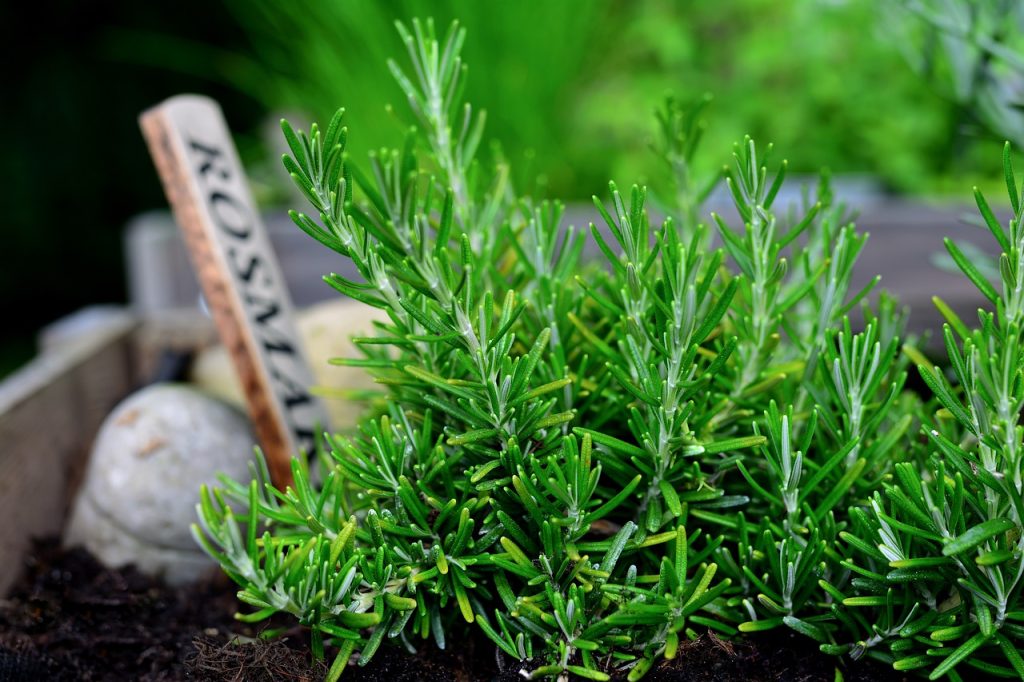
Rosemary is a robust herb that can be planted in December, particularly in southern Texas, where winter temperatures are more forgiving. It does best in well-drained soil with full sun, and it can be harvested year-round.
7. Sage
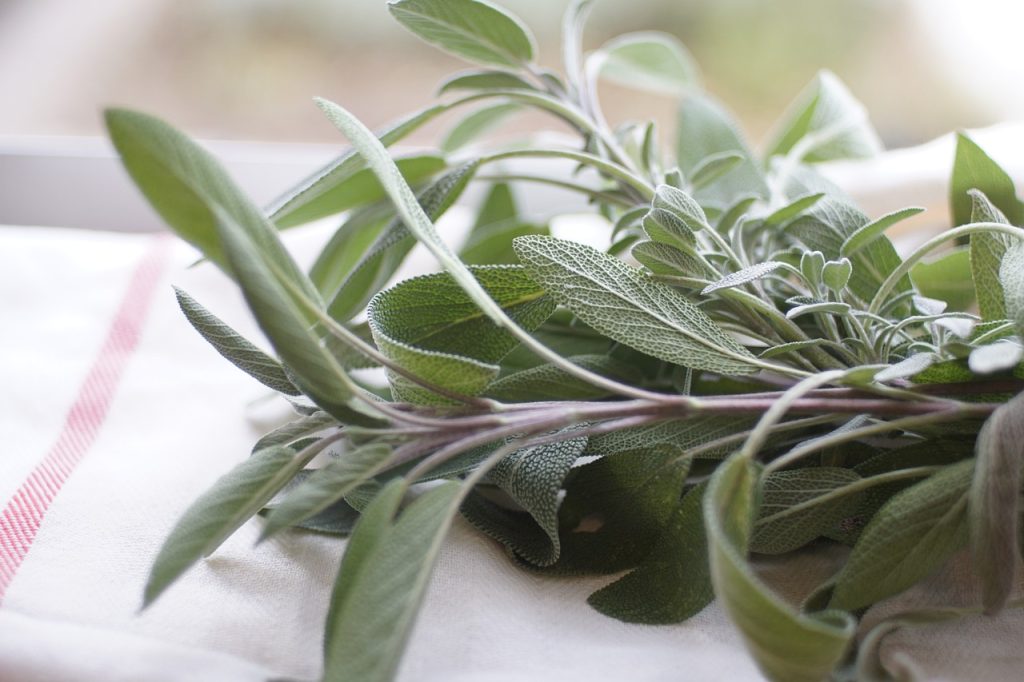
Sage is a hardy herb that can endure colder temperatures. Plant it in well-drained soil, and it will thrive with minimal care throughout the winter months, ready for you to use in your holiday dishes.
8. Thyme
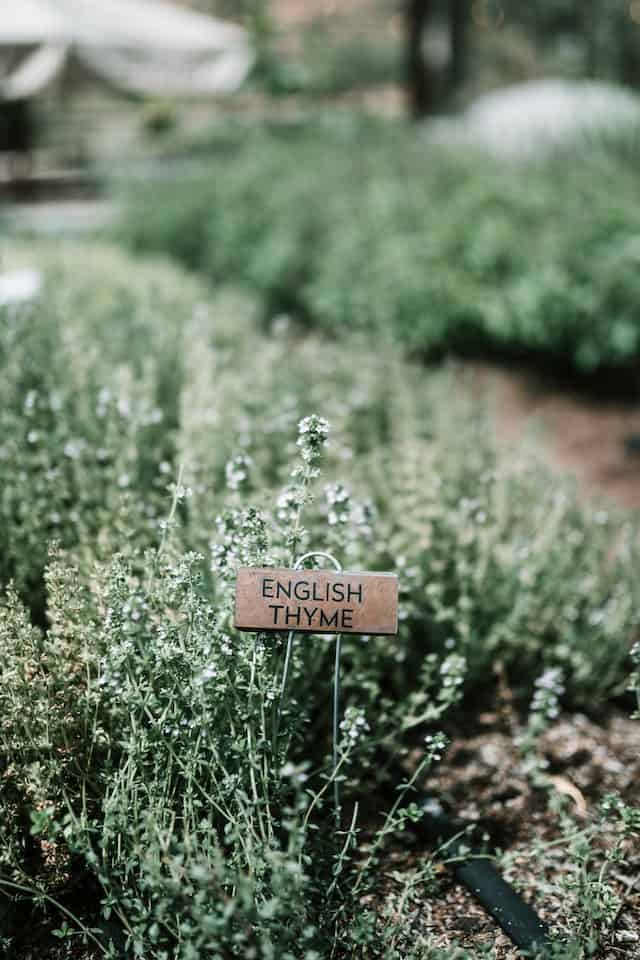
Thyme is another perennial herb. It is drought-resistant and grows well in various soil types. Plant thyme in well-drained soil and full sun, and let it flourish as a hardy winter herb.
Flowers to Plant in December
Winter flowers can add bursts of color to your garden while also providing beauty in often gloomy months. The following flowers can be planted in December in Texas.
1. Amaryllis
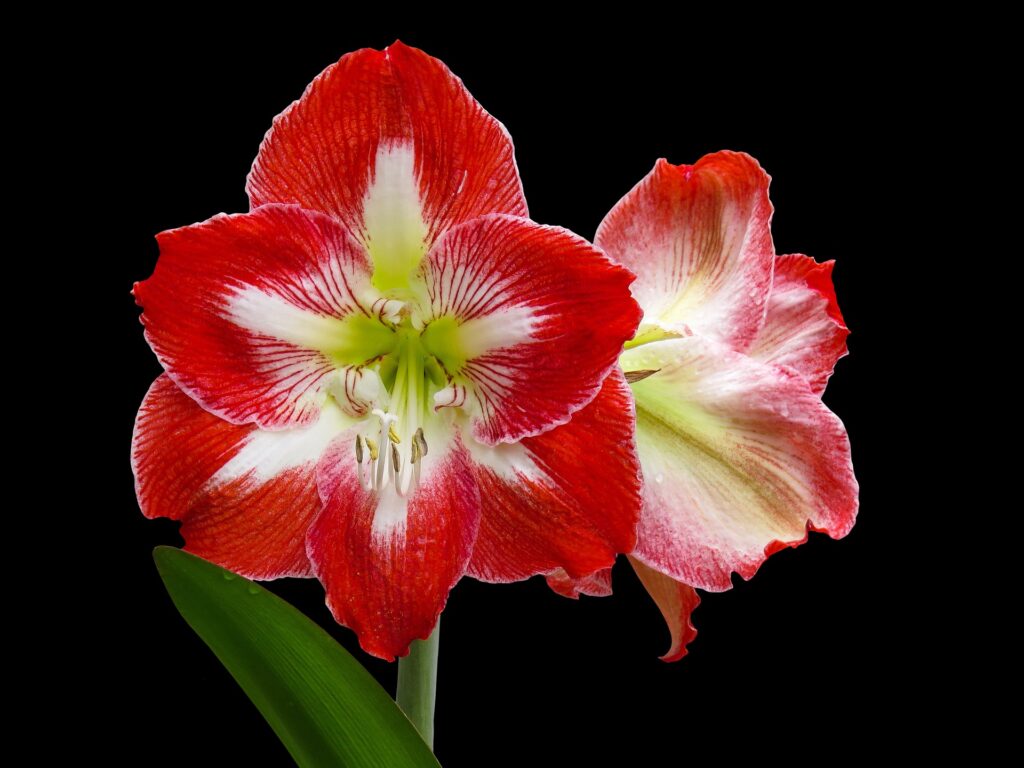
Amaryllis bulbs are perfect for December planting, offering stunning blooms in vibrant red, pink, or white. These bulbs can be forced indoors, making a beautiful display during the holidays. Plant them in well-draining potting soil and ensure they have adequate light.
2. Pansies
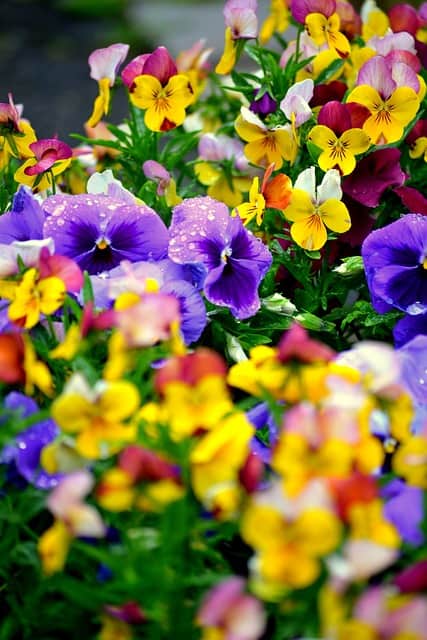
Pansies are colorful annual flowers that thrive in cooler weather. They can often survive frost, making them an excellent option for December planting in Texas. They prefer well-drained soil and partial to full sunlight.
3. Primroses
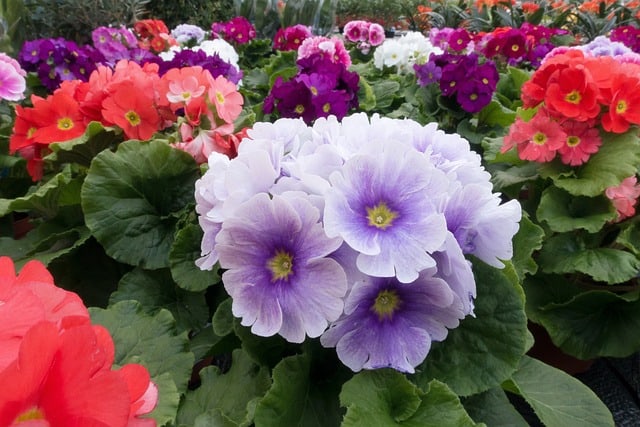
Primroses offer beautiful blooms in a variety of colors and can beautify your garden in winter. They prefer moist, well-drained soil and filtered sunlight. Plant them in clusters for a vibrant display.
4. Snapdragons
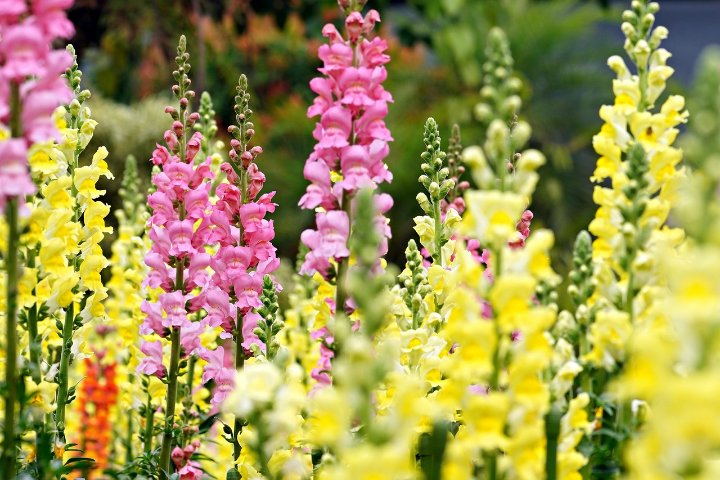
Snapdragons can be planted in December for early spring blooms. These flowers thrive in cooler temperatures and prefer well-drained soil and full sun. Their unique flower shapes add interest to flower beds and containers.
Fruits to Plant in December
While fruit planting is not as prolific in winter, certain varieties can be planted or cared for to ensure a fruitful summer.
1. Grapefruit
In warmer parts of Texas, you can begin planting grapefruit trees in December. They require well-drained soil and plenty of sunlight. Once established, grapefruit trees can yield fruit as soon as three years after planting.
2. Oranges
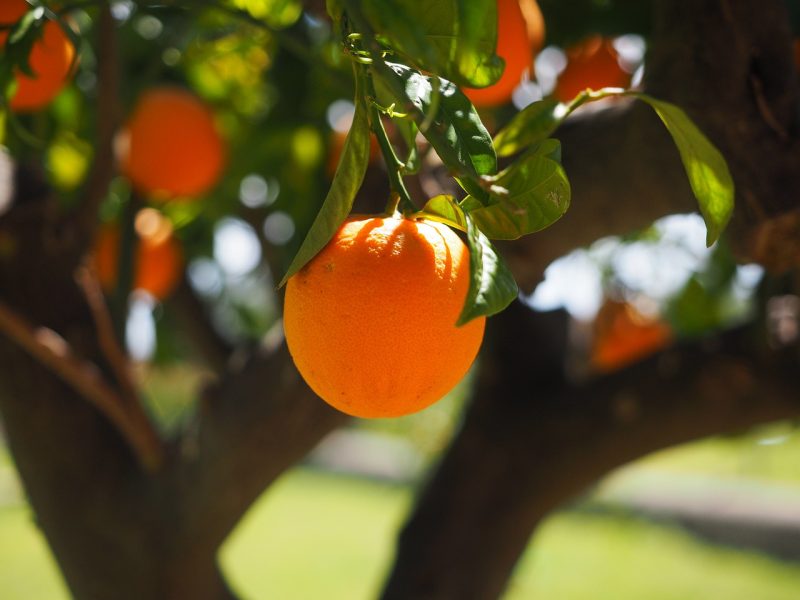
Like grapefruit, orange trees can be planted in southern Texas during December. They prefer full sun and well-drained, slightly acidic soil. Orange trees typically begin bearing fruit within three years of planting, providing a delightful return on investment for your gardening efforts.
3. Tangerines
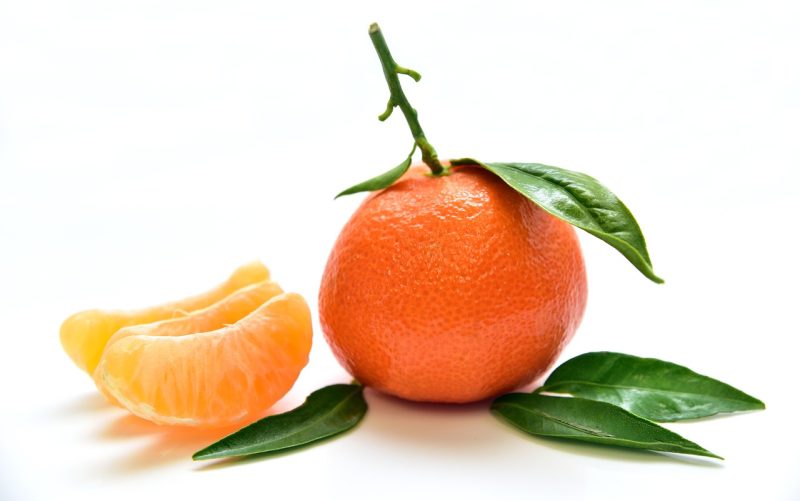
Tangerine trees can also be planted in December in southern Texas. They are slightly smaller, sweeter, and less acidic than oranges, making them a favorite among fruit growers. Ensure they receive enough sunlight and water, especially during dry spells. With proper care, tangerines can start producing fruit in about two to three years.
4. Kumquats
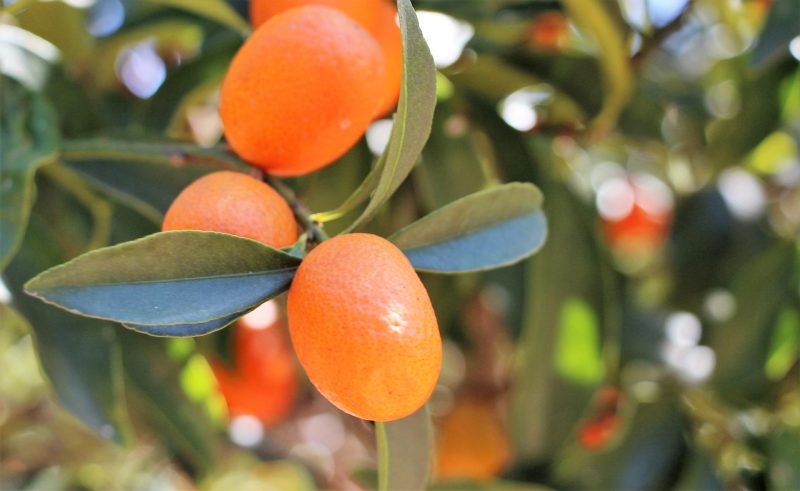
Kumquats are unique among citrus because their entire fruit, skin and all, is edible. These hardy trees can be planted in well-drained soil in December and will thrive in sunny locales. Kumquats typically bear fruit within two years, making them a rewarding addition to your garden.
Tips for Successful December Gardening in Texas
Choose the Right Location: Observe your garden space for sunlight exposure. Most of the vegetables, herbs, and flowers we discussed thrive in full sun, so ensure they have access to at least six hours of sunlight per day.
Soil Preparation: Before planting, prepare your soil by adding organic compost or well-rotted manure to enrich it. Good soil ensures healthy plant growth and improves drainage.
Watering Wisely: During December, the cool temperatures can lead to less evaporation, so be mindful of overwatering. However, it’s essential to keep the soil consistently moist, especially for seed germination.
Mulching: Applying a layer of mulch around your plants can help conserve moisture, regulate soil temperature, and suppress weeds. Organic mulch, like straw or shredded leaves, also adds nutrients to the soil as it breaks down.
Frost Protection: Be aware of frost forecasts in your area. If particularly cold temperatures are anticipated, consider covering fragile plants with blankets, burlap, or commercial frost cloths to protect against freezing temperatures.
Pest Management: Keep a close eye on your plants for aphids, snails, and other pests. Hand-picking or using organic pesticides like neem oil can help manage infestations while keeping your garden healthy.
Rotate Crops: If you planted certain families of vegetables in one area last year, consider rotating them to help minimize pest problems and improve soil health.
Plan for Spring: While December is an excellent month for winter planting, it’s also the perfect time to plan your spring garden. Take note of what worked well last year and what you’d like to try differently in terms of crop selection and placement.
Herb Continual Care: Many of the herbs listed can survive and thrive through the winter. Harvest them as needed, and consider pots or containers if you want to grow herbs indoors on a sunny windowsill.



